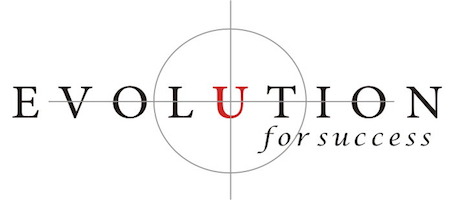Leaders Think Outside The Box
One of the most important traits of effective leaders is to define a problem, think outside the box, and come up with an innovative solution. It is an art that some people seem to be a “natural” at. But, if we take a look at just throwing away the box, then there will always be a space for creativity to come into play. Here are a few ways to prevent putting yourself in a box!
First, be wary of being caught in an “either-or” mindset. A great way to look at it is that one choice is a dictatorship (no choice), two choices is a dilemma (either-or), and three choices are where creativity and opportunity begin. In business, statements like “we either need to do this or that” are restricting and put you in a box. When three or more ideas are generated, they have to be compared how they can solve the problem instead of being compared against each other. Stay away from thinking “it is this OR that.”
Second, listen for “if…then” statements. “If he would just do this…THEN I would be able to…” or “IF accounting would just…then sales would…” These statements are dangerous, especially from leadership within an organization. They can point blame and shut down ways for creative solutions to emerge. It is a great pattern to deflect taking responsibility for an issue. That creates a box that can be tough to get out of.
Third, is a proactive way to really think outside of the box, practice the simple art of “saying it the way you want it to be.” So many people can tell you what they “don’t” want. I know this sound simple, but simple things can create the greatest change. Many times the “box” is created by resisting change. Saying it the way you want it to be keeps the focus towards the future and away from the past. Moving from what you “don’t want” to what you “do want,” creates vision, possibility and solutions.
Thinking “outside the box” starts with staying away from “either-or” and “if-then”. Staying proactive by “saying it the way you want it to be” will open up a future oriented positive focus. Identifying these language patterns are a powerful first step to finding solutions.

